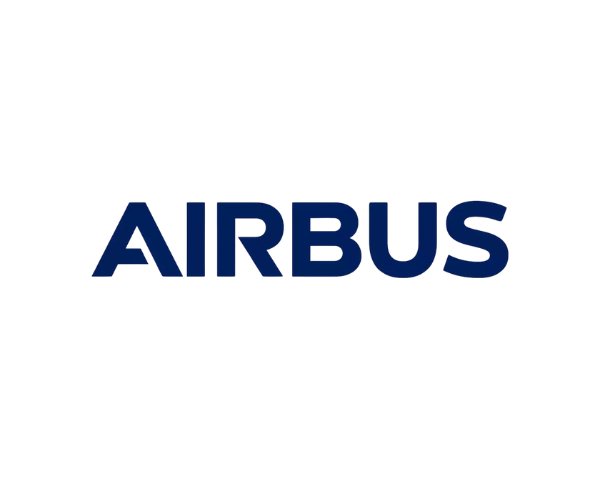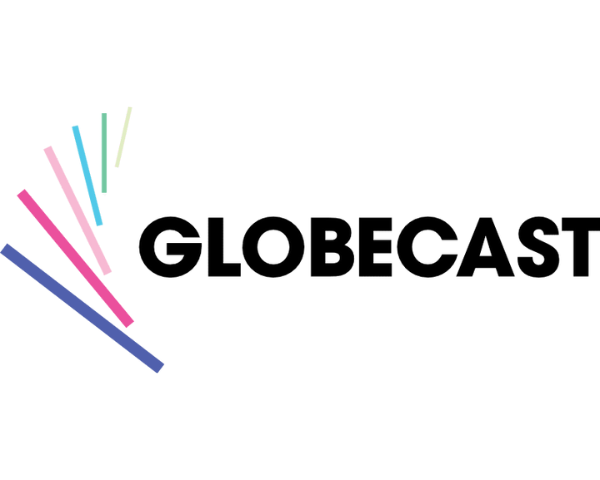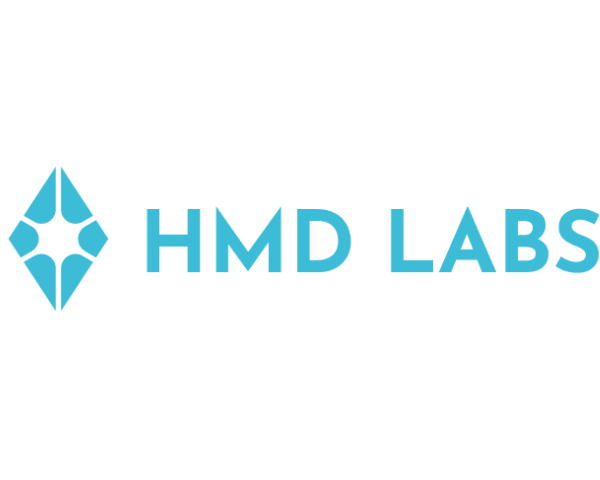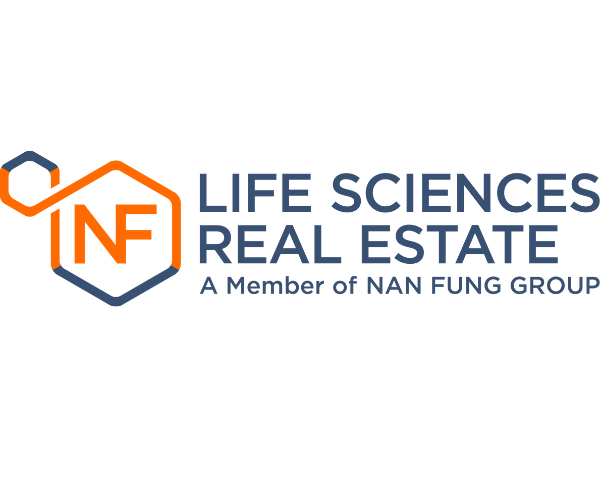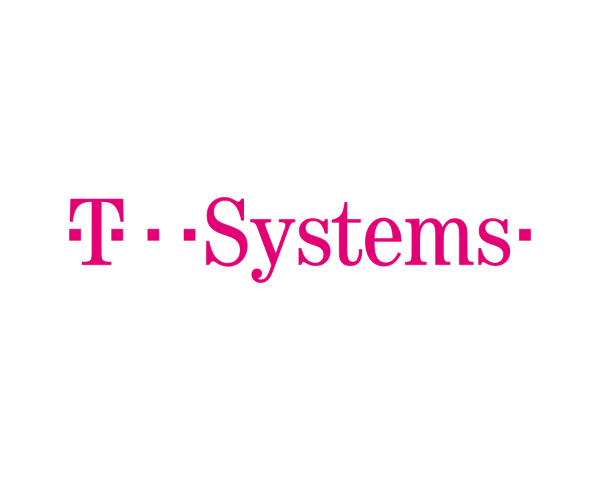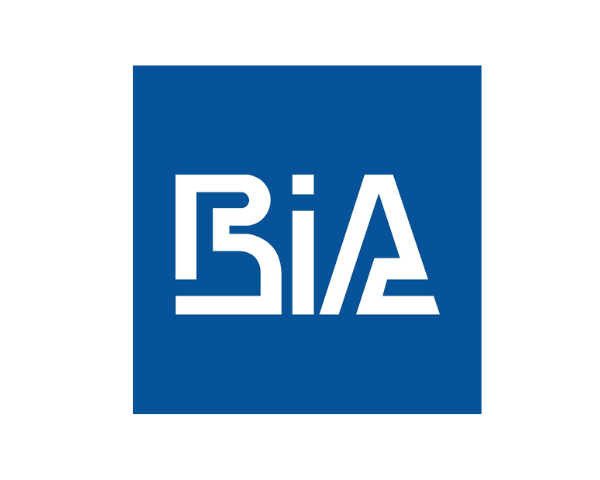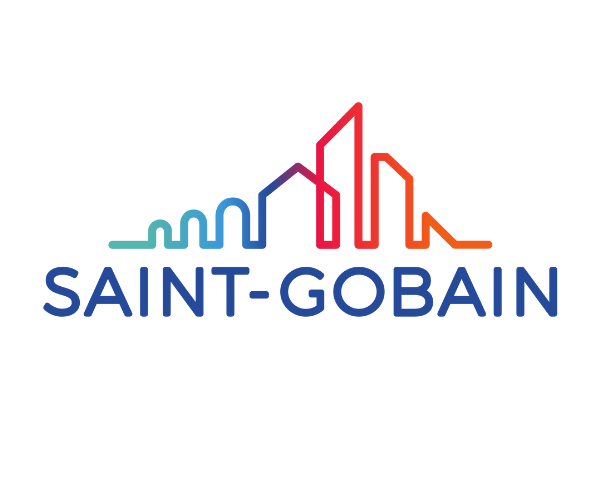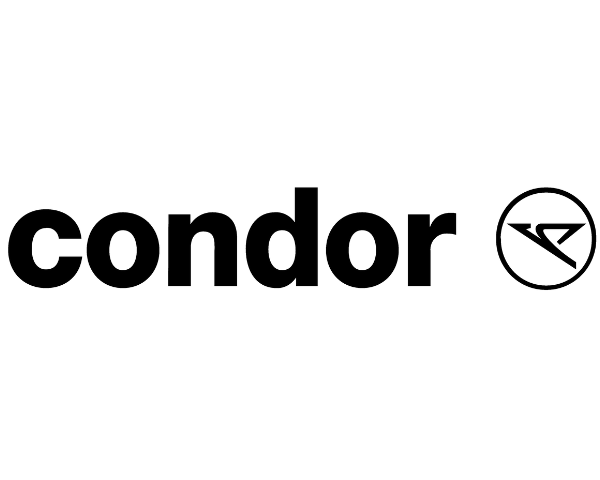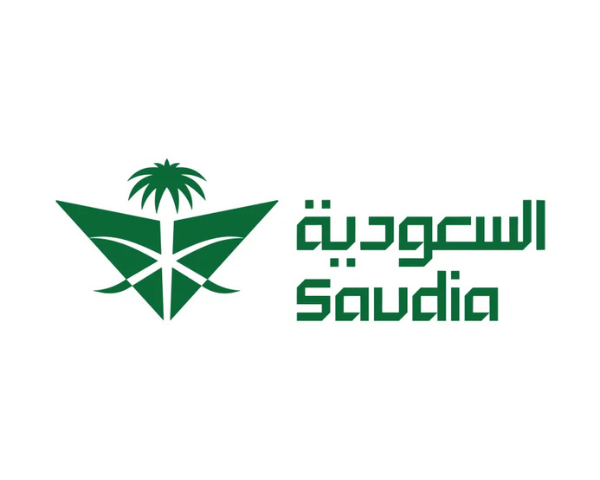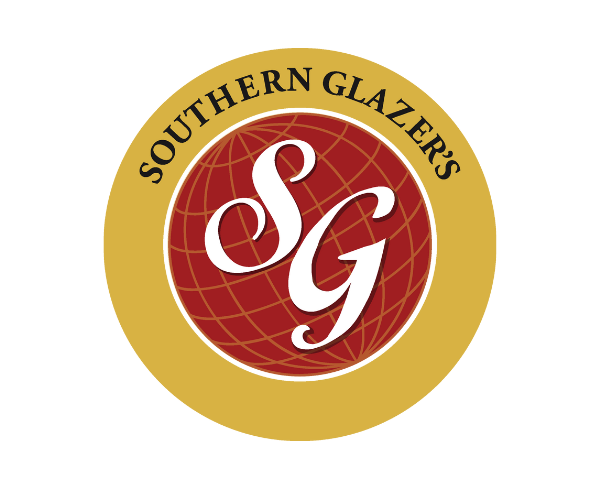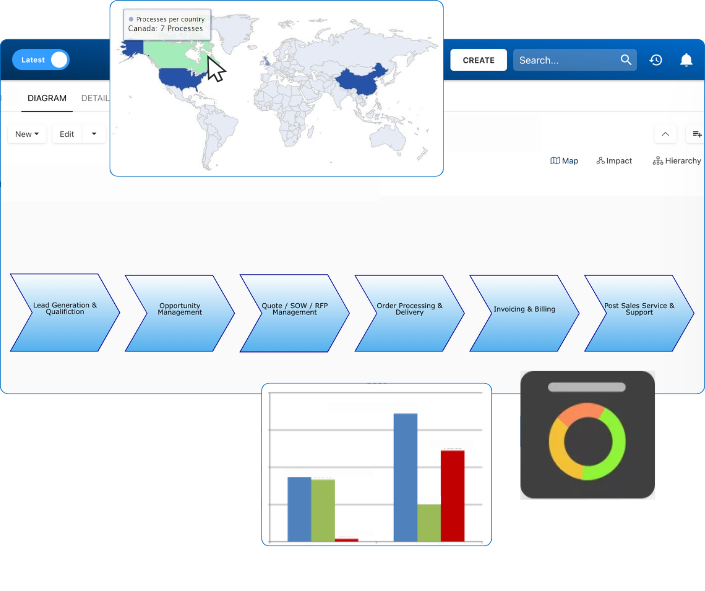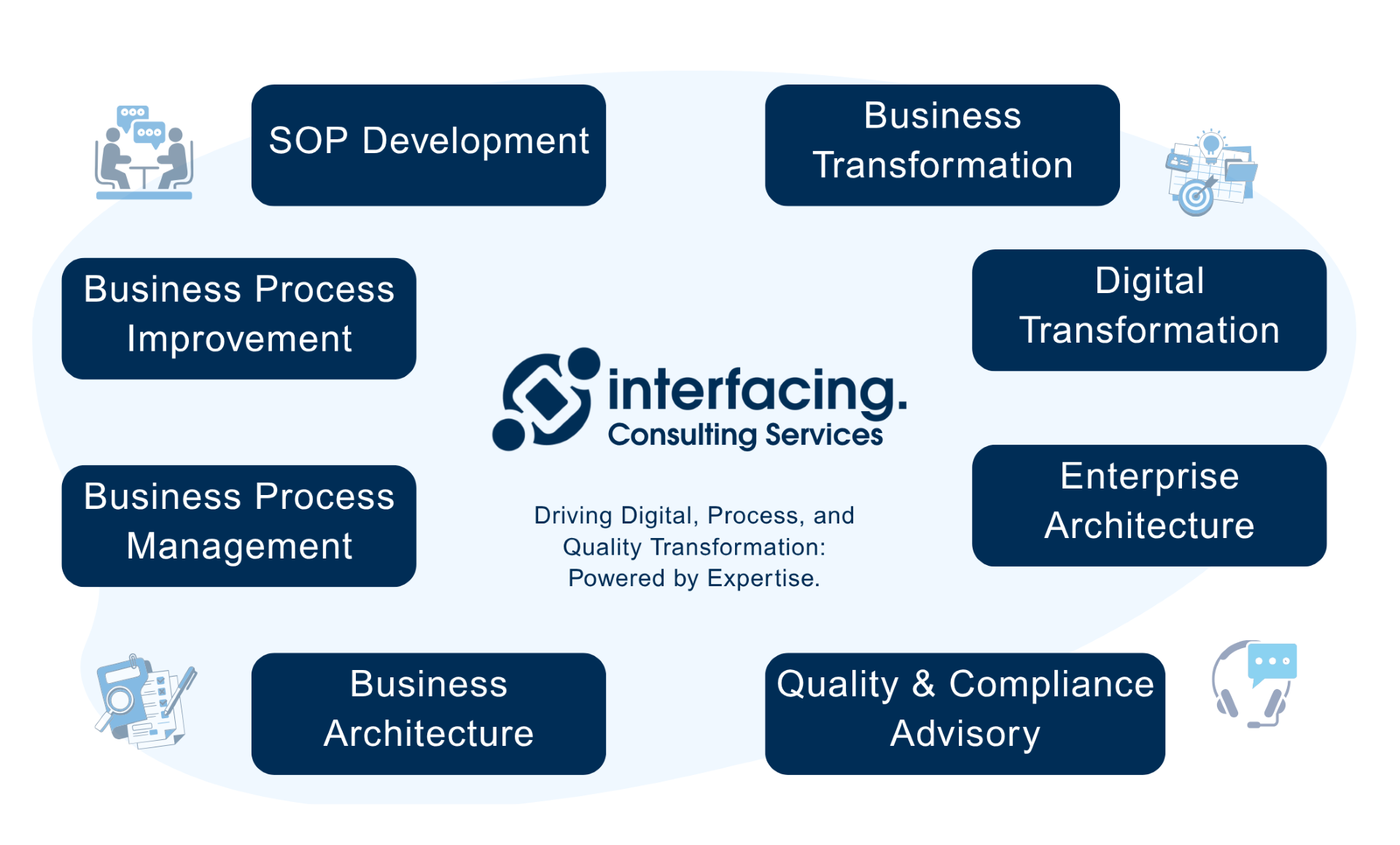- Business Process Management (BPM)Document Management System (DMS)Electronic Quality Management System (QMS)Risk, Governance & Compliance (GRC)Low Code Rapid Application Development (LC)Business Continuity Management (BCM)Enterprise Architecture (EA)Business Process Management (BPM)Document Management System (DMS)
- Document Control Overview
- AI Content Creation & Improvement
- Policy & Procedure Management (SOP)
- AI Content Mining Parser
- Collaboration & Governance
- Data Migration & Integration
- Interfacing Offline App
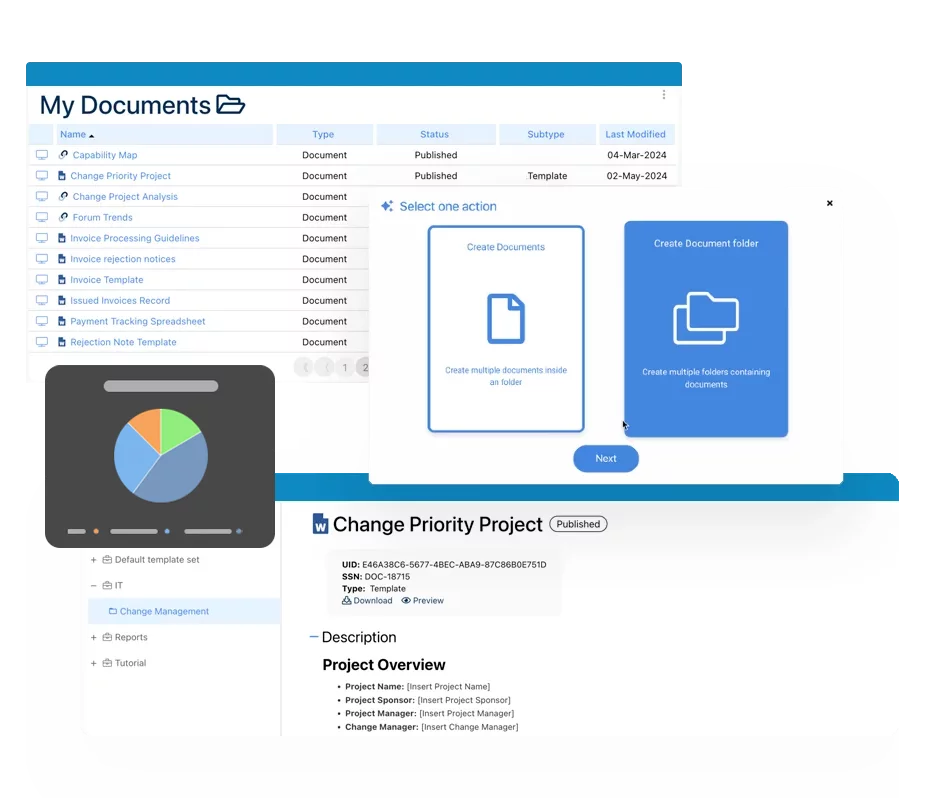 Electronic Quality Management System (QMS)
Electronic Quality Management System (QMS)- Quality Management System Overview
- Document Control & Records Management
- Audit & Accreditation Management
- Corrective & Preventative Action
- Quality Event (Non-conformity / Complaint/ Compliance)
- Risk Management
- Incident Management
- Environmental Health & Safety
- Product & Supplier Management (SCAR)
- Training Management
- Control Management
- Action Items Management
- Management Review
- FMEA
- Pharmacovigilance
- Data Migration & Integration
 Risk, Governance & Compliance (GRC)
Risk, Governance & Compliance (GRC)- Risk, Governance & Compliance Overview
- Risk & Control Management
- Regulatory Compliance
- Collaboration & Governance
- Data Migration & Integration
- Interfacing Offline App
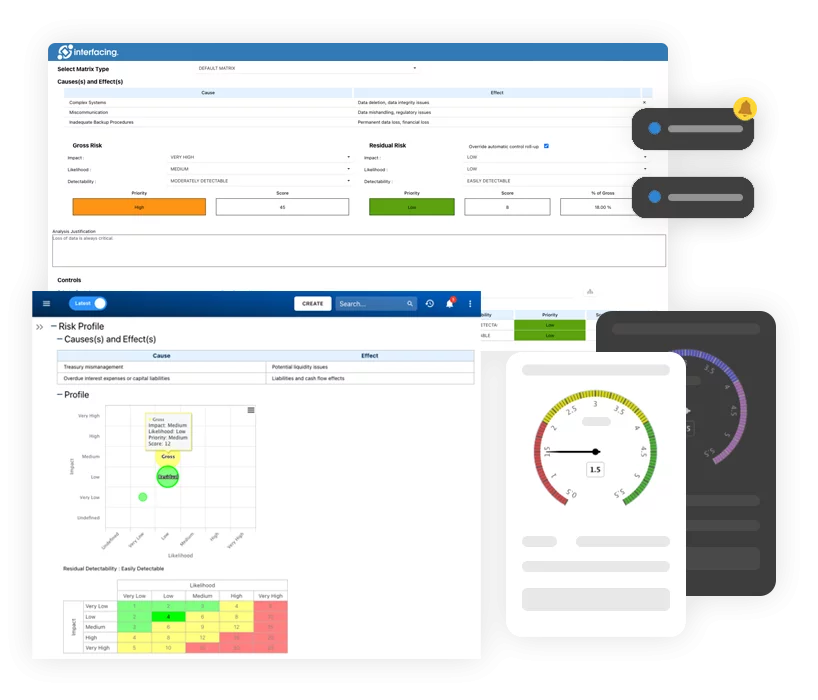 Low Code Rapid Application Development (LC)
Low Code Rapid Application Development (LC)- Low Code Automation Platform Overview
- Electronic Web Form Design (eFORMS)
- Database Table Entity Designer
- System Integration Designer
- Design & Manage Tasks
- Design & Manage BPMS Apps
- Custom Rules/Guards/Actions
- Electronic Services
- User Homepage
- BAM (Business Activity Monitoring)
- Custom Dashboard Design
- Data Migration & Integration
 Business Continuity Management (BCM)
Business Continuity Management (BCM)- Business Continuity Management Overview
- Business Impact Analysis
- Disaster Recovery Simulation
- Action Item Management
- Mass Notification Management
- Asset Management
- Interfacing Offline App
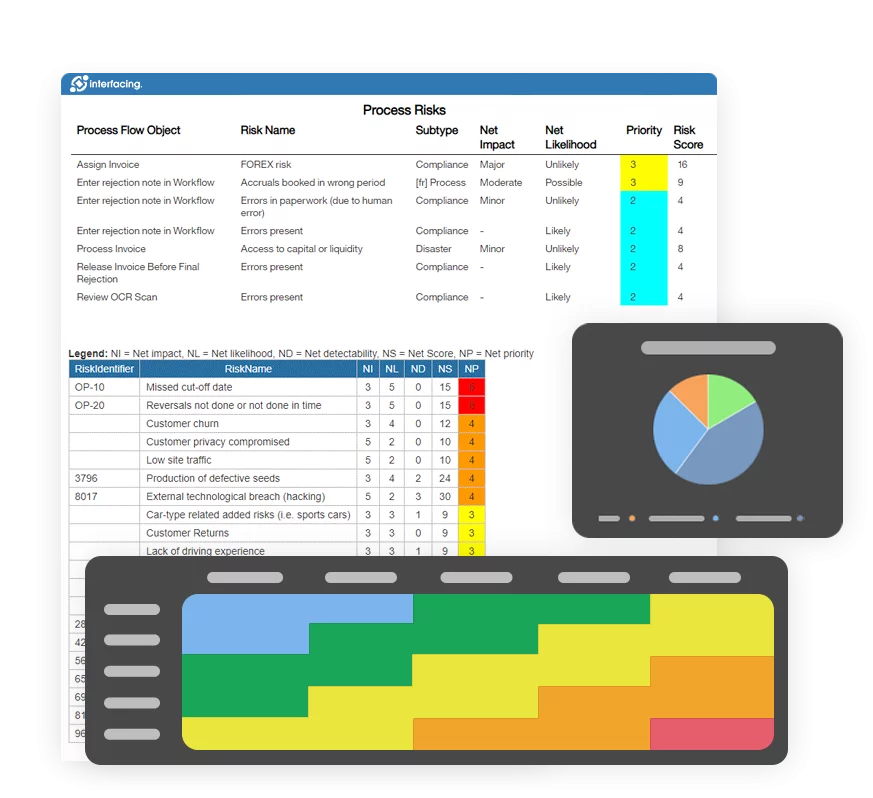 Enterprise Architecture (EA)
Enterprise Architecture (EA) - IndustriesRegulatory ComplianceUse CasesLearning CenterFramework & PracticesIndustries
- Healthcare
- Medical Device Technology
- Life Science, Pharmaceutical
- Aerospace & Defense
- Airlines and Aviation
- Media & Telecommunications
- Government and Military
- Technology
- Energy
- Logistics & Port Operations
- Banking & Capital Markets
- Retail & Consumer
- Consulting
- Education
- Engineering & Construction
- Manufacturing
- Financial Services
- Insurance
- Chemicals
Regulatory Compliance- Regulatory Compliance
- ISO
- ISO 9001 (guide)
- ISO 9001:2026 (preparation)
- ISO 17025
- ISO 27000
- ISO 27001
- ISO27002
- ISO 42001
- EU AI Act
- SOC 2 Type 1 & 2
- Sarbanes Oxley
- GxP
- GRC
- Basel
- Digital Signature
- GDPR
- IFRS
- NIST SP 800-53
 Use Cases
Use Cases- Quality Management System (QMS)
- Digital Transformation
- Continuous Improvement
- Governance, Risk & Compliance
- Knowledge Management
- System Deployment (ERP, CRM…)
 Learning CenterFramework & Practices
Learning CenterFramework & Practices - AboutCustomer SuccessPartners



Enterprise Architecture Services
Please Select contact form.
Manage your Enterprise Architecture with the help of Interfacing's EA and BPM Professionals.

What is Enterprise Architecture?
EA as a discipline ensures business vision, strategies, plans and processes are aligned and optimized to investments in information technology, plant and people.
While the scope of EA is broader scope than Business Architecture (BA), EA uses BA as the foundation or anchor on which the rest is constructed. The Open Group, publishers of the most well known and widely used EA Framework, The Open Group Architecture Framework (TOGAF), provide a content framework aligned to their Architecture Development Method (ADM) that illustrates the typical domain layers and indicative content of each layer.

EA provides the basis for driving many business initiatives, such as business transformation and innovation. EA also allow organizations to manage and adapt to any changes or disruptions caused by the market or external environment. This is because the EA will provide a better understanding of the organization and its operations along with its business capabilities. It focuses on operation level concerns while BA emphasizes on the strategic level of business. EA oversees investments, governance and assurance while facilitating organizational change.
Even basic events can trigger a need to refresh areas within the EA, having an EA allows your organization to quickly assess and adapt to any future disruption(s). The unexpected nature of change, best illustrated to unexpected economic and business disruptions caused by COVID-19, demonstrate the importance and necessity of having an EA in place for organizations to manage the complexity and unexpected nature of impacts and disruptions on the business and market environment.
Benefits

Strategic
Alignment
Provides holistic overview of your application and technology roadmap through a strategic lens.

Optimize
Costs and ROI
Provides understanding of where and when investment is needed.

Managing
Complexity
Helps businesses identify, analyze and articulate opportunities, challenges and risks.

Create Insights and
Overviews of Relationships
EA creates insights together with overviews of relationships and inter-dependencies, which in turn reduces miscommunication and misunderstandings. This provides more confidence in decision making.

Capability and
Process Improvement
EA highlights the need for improving capabilities and processes. Lean redesign of chains of activities, complex services and products require global and detailed insights. As processes improve fewer mistakes are made, leading to more efficient and effective resource. Customers and clients will immediately experience the improvement.

Standardization
and Flexibility
EA fosters higher level of IT standardization and empowers decision-makers to define sound business and operation models. This marks the transition away from silo-based thinking and systems.

Enabling
Innovation
EA increases the ability to change and transform, which in turn facilitates the implementation of new technologies and concepts like artificial intelligence, block chain and IoT in order to innovate your business model.

Impact Analysis
of Change
EA supports assessing the impacts of change and through visualizing the knowledge gained, support informed decision making.
Methodology
Enterprise Architecture provides a holistic view of the entire business ecosystem in which the organization operates. The EA is a set of blueprints showing domains or layers representing:


The EA documents not only today’s view ( or current state) of the organisation and each domain, but it also shows the expected future view (or target state) of the organisation and each domain based on planned enterprise strategies, capabilities, and initiatives. The EA also provides guiding principles to help shape business and technology investments and plans required to deliver the planned future business behavior.
In simple terms, the organization’s strategy drives changes to the EA, which in turn translates strategy into execution.
This is a continuous cycle resulting in continuous improvements to both the EA and the organization. The BA provides the foundation to assure consistent application design across all delivery projects, enabling quick and smooth decision making when necessary. It binds together different sectors, viewpoints, underlying principles, and systems, resulting in a repository of information that will improve decision making regarding business and technological changes. This practice aims to help organizations understand the structure and the way they work.


Environmental Trends
Changes and trends to the environment are important to highlight how business domains are constantly under change and the dynamics of which affect enterprise states. Business strategy should include tactics that deal with changing environmental trends.
Target State Architecture
It is important to translate the business strategy into a set of guidelines for organizational change. This is one of the key aspect of Enterprise Architecture, which defines the needs of the enterprise and the business improvement targets. It includes development and maintaining key EA assets, such as:
Organize Architecture Effort
Provides the overall scope of the program to develop and maintain the Enterprise Architecture.
Current State Architectures
The Current State Architectures document a view of the organisation and its business and technology eco-systems as it is today. This provides the baseline to contrast to the state defined by the business strategies. In essence, the current-state architectures represent where the organisation is today and how it got here, where as the Target State represents the desired end state of the organisation after all strategies have been delivered.
Transition Planning
Transition Planning identifies the differences between where the organisation is today and where it wants to be, based on the business strategies. Transition Planning is undertaken by:
Governing and Managing
Managing is the discipline that creates and maintains Enterprise Architecture artifacts, while Governing ensures that the creation and maintenance of the Enterprise Architecture artifacts is undertaken in line with the methodologies, principles and standards defined and agreed by the organization. The methodologies, principles and standards will also be periodically reviewed to ensure that the Governance processes are delivering the desirable behaviors.
Deliverables
The actual deliverables will vary depending on the scope of EA engagement agreed between you and Interfacing. However, typical deliverables include:
Why Choose Interfacing?
With over two decades of AI, Quality, Process, and Compliance software expertise, Interfacing continues to be a leader in the industry. To-date, it has served over 500+ world-class enterprises and management consulting firms from all industries and sectors. We continue to provide digital, cloud & AI solutions that enable organizations to enhance, control and streamline their processes while easing the burden of regulatory compliance and quality management programs.
To explore further or discuss how Interfacing can assist your organization, please complete the form below.

Documentation: Driving Transformation, Governance and Control
• Gain real-time, comprehensive insights into your operations.
• Improve governance, efficiency, and compliance.
• Ensure seamless alignment with regulatory standards.

eQMS: Automating Quality & Compliance Workflows & Reporting
• Simplify quality management with automated workflows and monitoring.
• Streamline CAPA, supplier audits, training and related workflows.
• Turn documentation into actionable insights for Quality 4.0

Low-Code Rapid Application Development: Accelerating Digital Transformation
• Build custom, scalable applications swiftly
• Reducing development time and cost
• Adapt faster and stay agile in the face of
evolving customer and business needs.
AI to Transform your Business!
The AI-powered tools are designed to streamline operations, enhance compliance, and drive sustainable growth. Check out how AI can:
• Respond to employee inquiries
• Transform videos into processes
• Assess regulatory impact & process improvements
• Generate forms, processes, risks, regulations, KPIs & more
• Parse regulatory standards into requirements

Request Free Demo
Document, analyze, improve, digitize and monitor your business processes, risks, regulatory requirements and performance indicators within Interfacing’s Digital Twin integrated management system the Enterprise Process Center®!
Trusted by Customers Worldwide!
More than 400+ world-class enterprises and management consulting firms




















